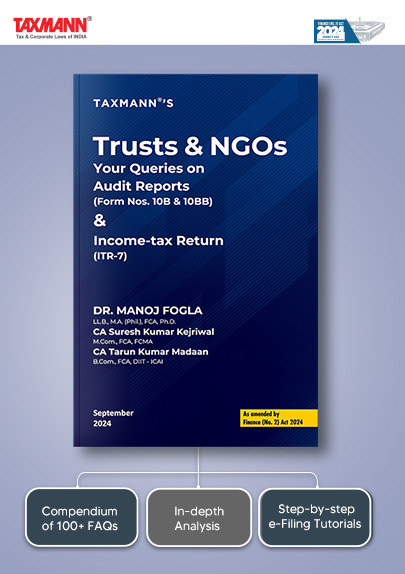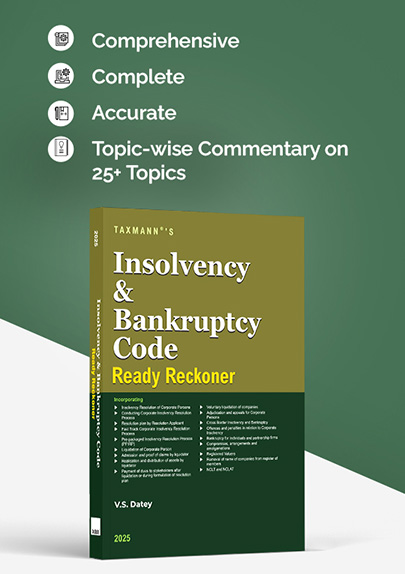Step-Siblings Are Relatives Under Income Tax Act; Gifts Received From Them Are Exempt | ITAT
- Blog|News|Income Tax|
- 2 Min Read
- By Taxmann
- |
- Last Updated on 3 April, 2025
Case Details: Rabin Arup Mukerjea vs. ITO - [2025] 172 taxmann.com 855 (Mumbai-Trib.)
Judiciary and Counsel Details
- Amit Shukla, Judicial Member & Amarjit Singh, Accountant member
-
Ashok Rao & Manoj Raghani for the Appellant.
-
Krishna Kumar, Sr. DR for the Respondent.
Facts of the Case
The assessee, a non-resident individual, did not have any income or source from India and, therefore, was not filing any return of income in India. The assessee had made an application under section 197 for lower deduction of tax on account of the sale of property.
The property was received by the assessee as a gift from Ms. Vidhie Mukerjea. However, the gift was given by a step-sister to a step-brother. The assessee contended that the step-sister and step-brother are relatives as per the meaning contained in Section 56(2) of the Act.
The Assessing Officer (AO) rejected the assessee’s claim and held that the stepbrother and stepsister could not be treated as relatives. Thus, the receipt of the property without consideration was chargeable to tax under section 56(2)(vii). The CIT(A) also confirmed the AO’s action. The matter then reached the Mumbai Tribunal.
ITAT Held
The Tribunal held that there are five kinds of brother and sister relations in common parlance. These are: Firstly, Uterine brothers and sisters – where the mother is the same; Secondly, Consanguine brothers and sisters – where the father is the same; Thirdly, Germane (also, biological) brothers and sisters – where both the parents are the same; Fourthly, Step, that is, step brothers and step-sisters – where both the parents are different; and lastly, Adopted children- who would become brother/sister through law.
The term ‘relative’ as per the Black’s Law Dictionary, includes a person related by affinity, which means the connection existing as a consequence of marriage between each of the married persons and the kindred of the other. If the aforesaid Dictionary meaning is to be referred and relied upon, then the term ‘relative’ would include step-brother and step-sister by affinity. If the term ‘brother and sister’ of the individual has not been defined under the Income Tax Act, then the meaning defined in common law has to be adopted, and in the absence of any other negative covenant under the Act, brother and sister should also include step-brother and step-sister who, by virtue of the marriage of their parents, have become brother and sister.
Accordingly, the gift given by the step-sister to the step-brother falls within the definition of ‘Relative’, that is, they are to be treated as brother and sister as per Section 56(2)(vii). Therefore, the property received by the brother from the sister cannot be taxed under section 56(2).
Disclaimer: The content/information published on the website is only for general information of the user and shall not be construed as legal advice. While the Taxmann has exercised reasonable efforts to ensure the veracity of information/content published, Taxmann shall be under no liability in any manner whatsoever for incorrect information, if any.

Taxmann Publications has a dedicated in-house Research & Editorial Team. This team consists of a team of Chartered Accountants, Company Secretaries, and Lawyers. This team works under the guidance and supervision of editor-in-chief Mr Rakesh Bhargava.
The Research and Editorial Team is responsible for developing reliable and accurate content for the readers. The team follows the six-sigma approach to achieve the benchmark of zero error in its publications and research platforms. The team ensures that the following publication guidelines are thoroughly followed while developing the content:
- The statutory material is obtained only from the authorized and reliable sources
- All the latest developments in the judicial and legislative fields are covered
- Prepare the analytical write-ups on current, controversial, and important issues to help the readers to understand the concept and its implications
- Every content published by Taxmann is complete, accurate and lucid
- All evidence-based statements are supported with proper reference to Section, Circular No., Notification No. or citations
- The golden rules of grammar, style and consistency are thoroughly followed
- Font and size that’s easy to read and remain consistent across all imprint and digital publications are applied






 CA | CS | CMA
CA | CS | CMA


